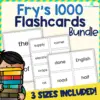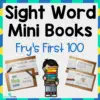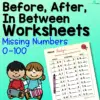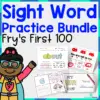Turn children into budding paleontologists with their love and fascination with dinosaurs. These ancient reptiles are the inspiration for countless stories and shows.
Every dinosaur-loving kid will get excited and enjoy exploring these wonderful creatures through these fantastic stories.
Check out this book list with adorable characters that children will enjoy reading.
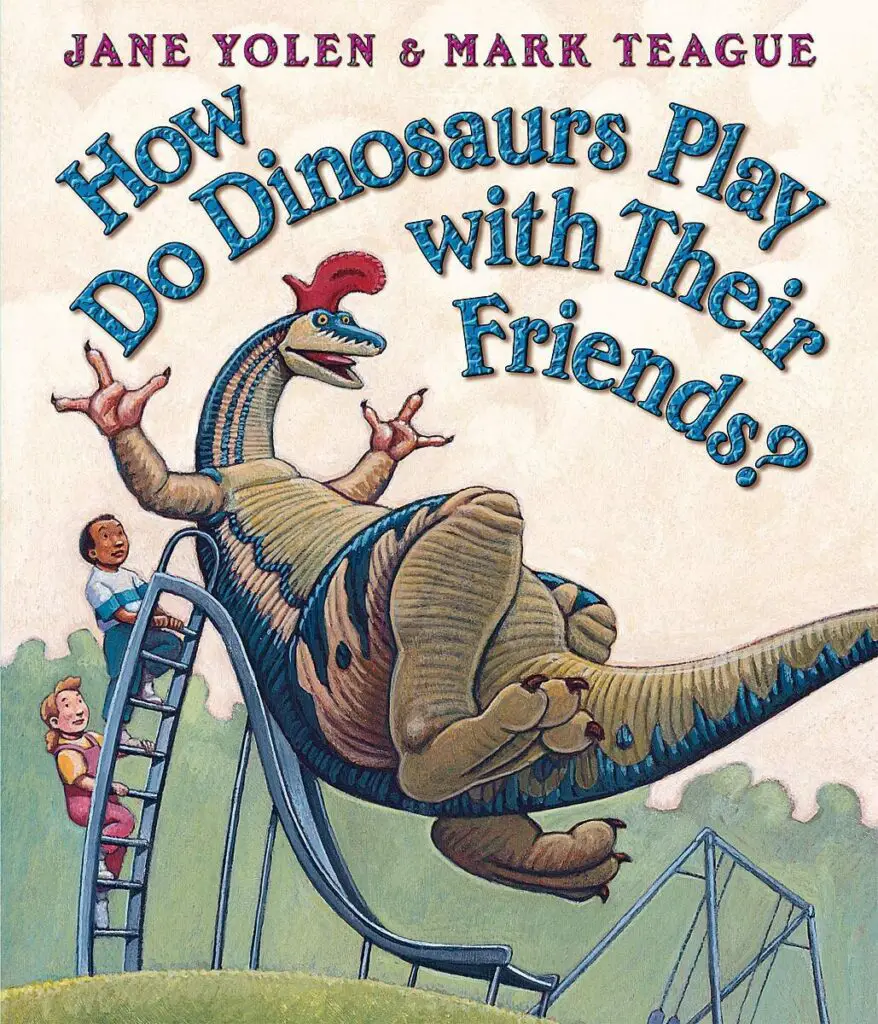
What are the dos and don’ts when playing with friends? This question is answered in How Do Dinosaurs Play with Their Friends? by Jane Yolen. The story opens with a question wondering if dinosaurs are good playmates.
This question is answered by providing a clear picture that resembles every child during play. Issues relating to playing are discussed in this story by giving a clear example of how playing with friends should look.
This book can be used to discuss children’s exemplary behavior with others through role-playing. Doing this will help create awareness and improve their social-emotional learning skills.
Set up scenarios where the same issues in the book are presented. For example, a child does not like to share toys.
Help children think critically by asking them different approaches to solving the problems in the book. This task will also improve their creativity by thinking out of the box.
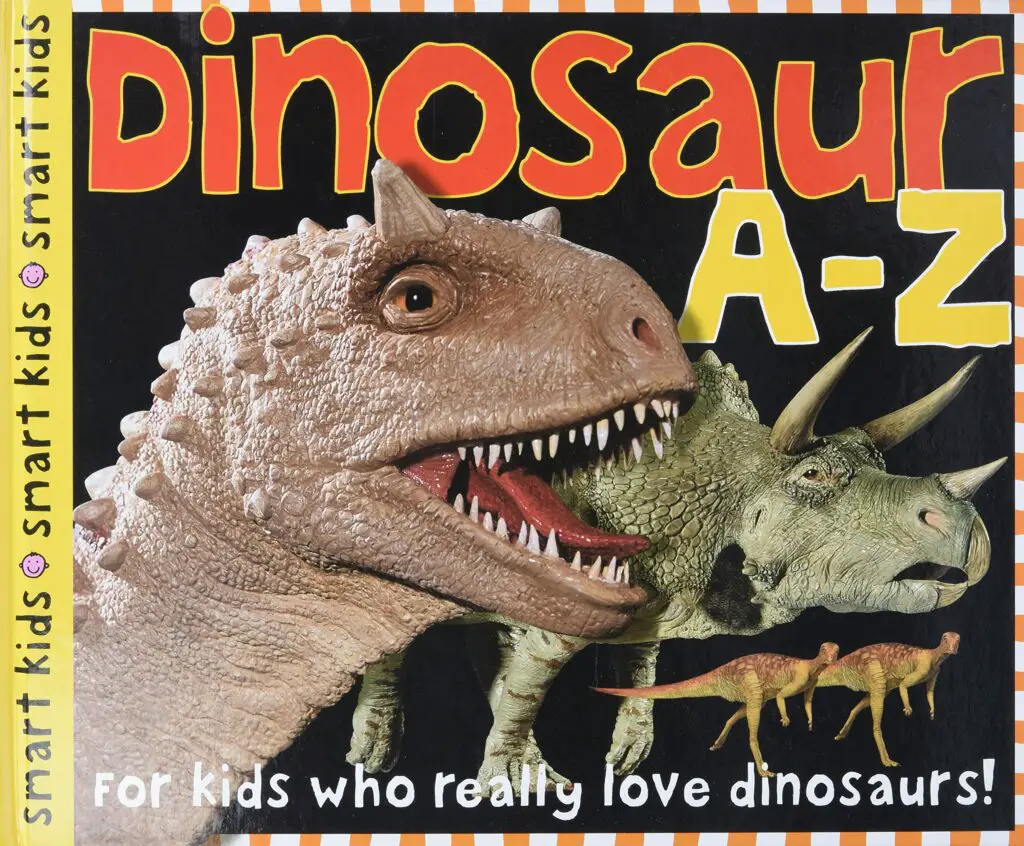
This terrific alphabet book, Dinosaur A-Z by Roger Priddy, features clear and realistic images of the twenty-six dinosaurs with each alphabet letter represented.
On each page, different interesting facts about these creatures are provided. This includes its unique characteristics, the food it eats, its size, and its striking abilities.
The book even has a portion that helps children pronounce the dinosaur’s name correctly. On some pages, an illustration of a human and a dinosaur standing side-by-side is provided so children can better understand its size.
This book is a perfect companion for a science lesson or a dinosaur unit study. It will help children understand the nature of these giant animals and how they are similar to the modern reptiles that children are more familiar with.
Help children describe the animals’ unique features based on the book to teach them to pay attention to details and improve their oral language skills.
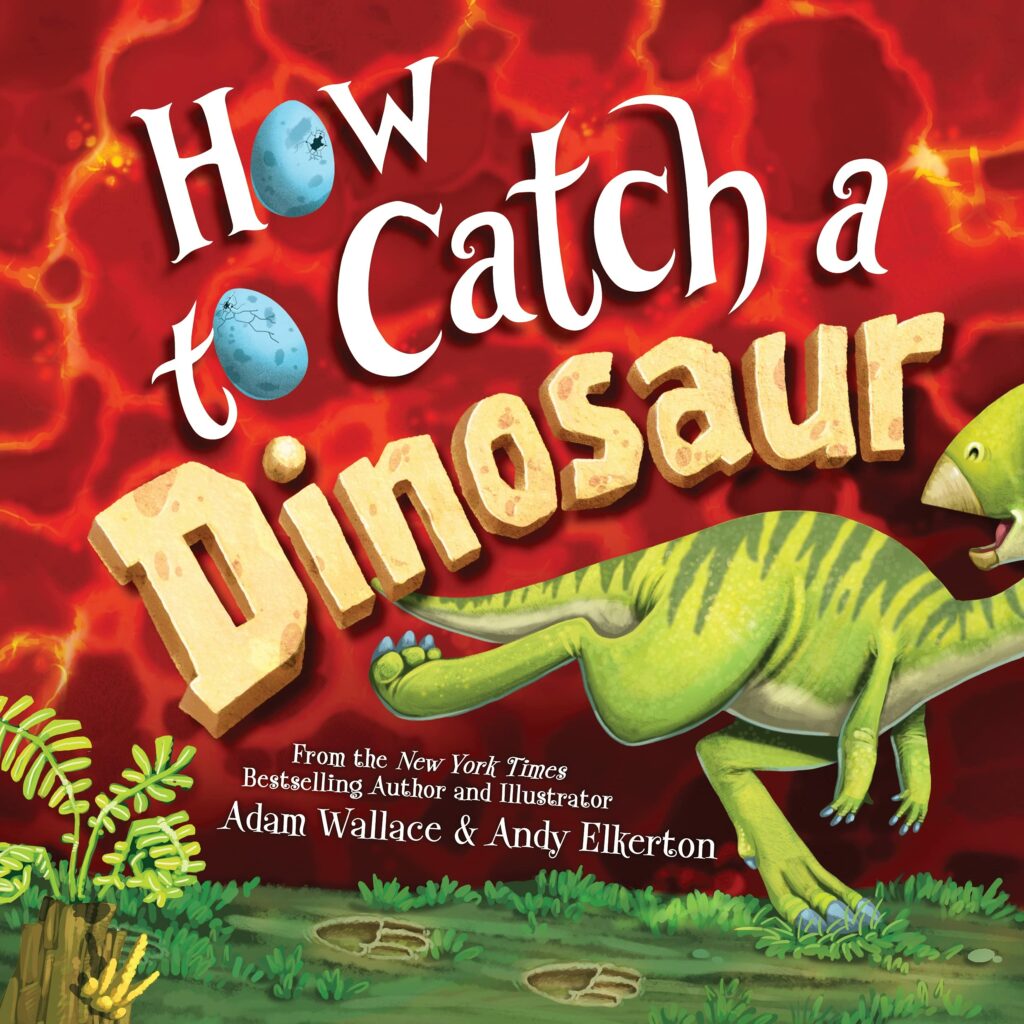
How to Catch a Dinosaur by Adam Wallace is a hilarious story of children who attempt to catch a dinosaur for their science fair.
However, catching one seemed impossible since the animal was too intelligent, and it evaded every trap they set up. They tried a wooden cage with a trapdoor filled with a plate of birdseed as bait and a pool of slime but to no avail.
They even made a complex contraption that would allow them to capture the fleeing dinosaur. But none of these worked. In the end, the children used their different traps and dinosaur-catching robot as their entry to the science fair.
This is a great book to start a STEM challenge among children. Provide readily available materials like paper, craft sticks, yarn, etc., for them to make their version of dinosaur traps.
Let children plan by drawing their traps before making one. This will help improve creativity, imagination, and problem-solving skills.
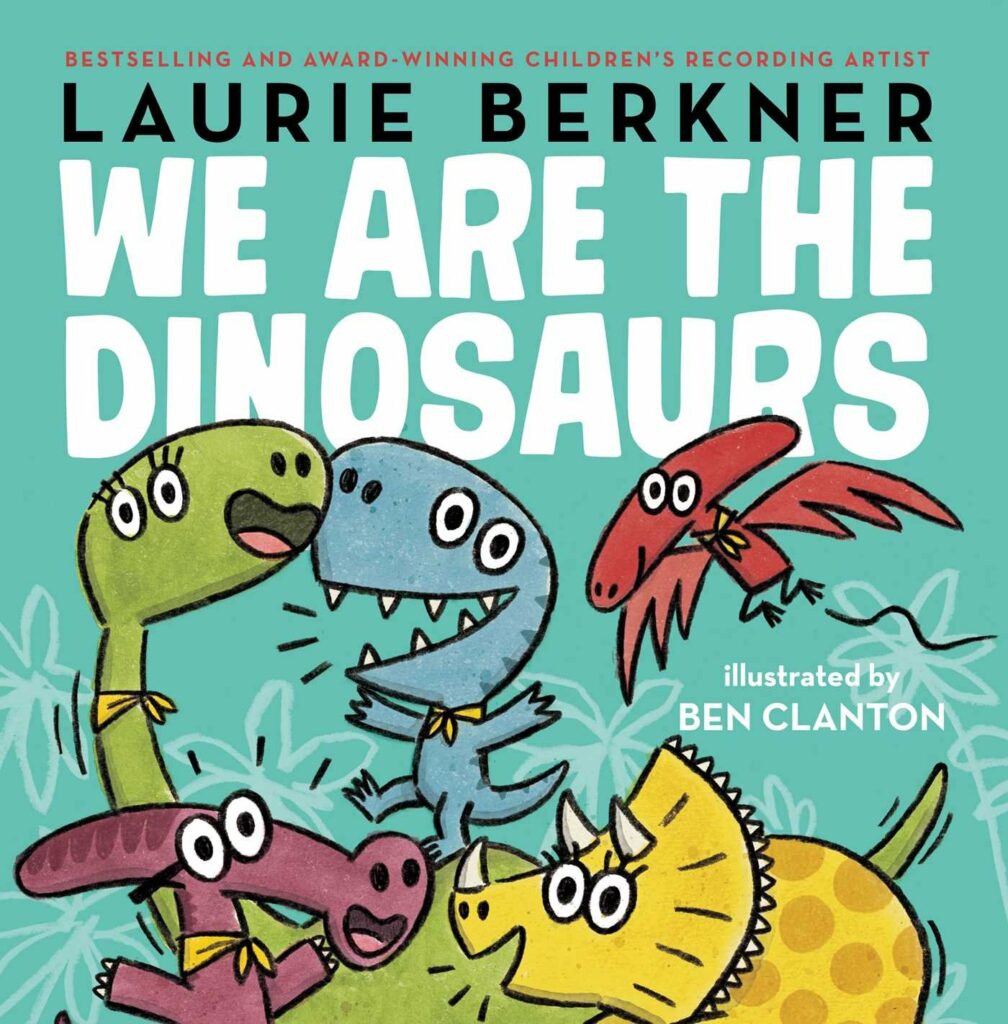
A group of young dinosaurs went exploring in the We Are the Dinosaurs by Laurie Berkner. They went through a river, climbed a mountain, and stayed in a cave. They ate and took a nap when they got hungry and tired.
The confident adventurers were terrified when rumbling sounds echoed in the cave and hurried home to their parents’ care. In the end, they discovered the cause of the scary sounds.
Have children mimic the dinosaurs’ movements in the story to help improve their gross motor skills and coordination.
Use the line “We make the earth flat” of the dinosaurs as a cue to march, run, stomp, wade, swim, fly, and stop and rest.
Turn this into a freeze game to make it more challenging and help children improve their listening skills and following directions. Use the action words for children to move while the stop commands them to freeze.
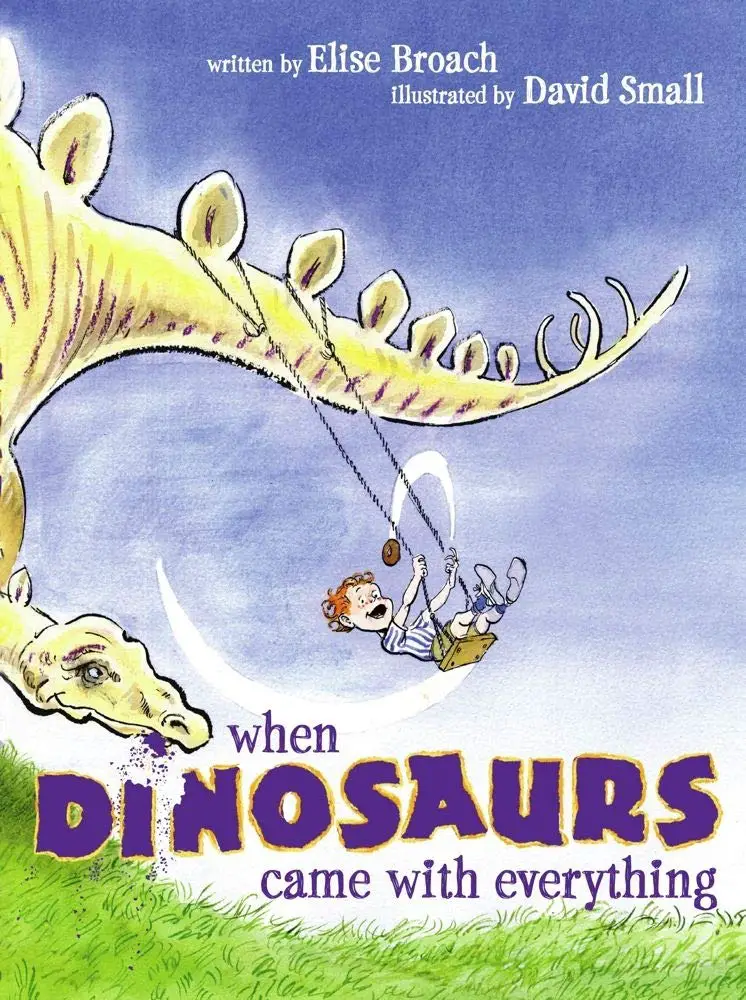
When Dinosaurs Came with Everything by Elise Broach tells the story of a boy who has gotten free live dinosaurs as freebies.
He got a triceratops when his mom bought a dozen doughnuts, a stegosaurus for getting a shot, and a pterosaur instead of a balloon for a haircut.
His mom wondered how to eliminate the dinosaurs, but the boy insisted on keeping them. Reluctantly, the mom agreed and eventually found a way to turn these dinosaurs into an advantage in their lives.
Explore the different dinosaurs with a science lesson. Discuss their unique features.
The dinosaurs in the story help the boy’s mother with the household chores. Discuss the different chores at home that children can be helpful with to help develop social-emotional learning and understand different responsibilities.
Practice different chores in pretend play areas, such as setting the table and folding shirts for children to learn daily living skills.
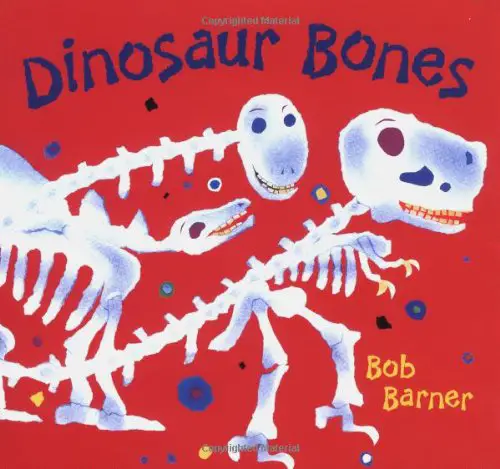
Dinosaur Bones by Bob Barner is a non-fiction storybook that tells the facts about these giant reptiles that lived long ago. It provides a brief history of the reason for their extinction. It explains their unique anatomy through the discovered bones.
The book presents five dinosaurs and examines their unique characteristics, food, and behavior. Use this same format to help children learn about other dinosaurs.
This book can be paired well with a wonderful science activity. Have children research a dinosaur and find out about its unique features. Teach children to read a chart using the table provided at the end of the book.
Allow children to improve their imagination and creativity by letting them create their dinosaurs. Have them provide the details like those in the chart. Let them think of a unique name for their dinosaurs.
Finally, have children illustrate their dinosaurs and present them in class.
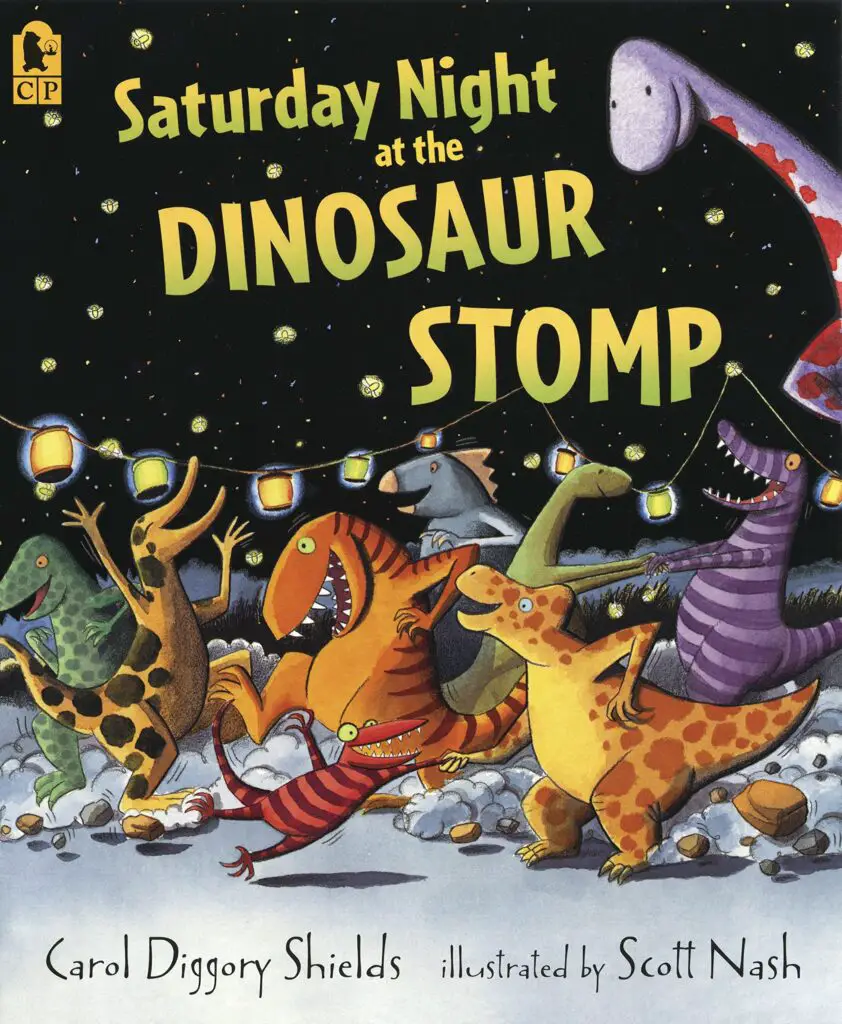
It is always a riot when dinosaurs throw a party. This happened in the book Saturday Night at the Dinosaur Stomp by Carol Diggory Shields. The dinosaurs partied one Saturday night in the swamp and danced their hearts out.
Play the game, Follow the Leader, using the action words mentioned in the book. Show children the page where the dinosaurs are led to the party, and how they follow their leaders.
Use words like brush your teeth, scrub your neck, stomp your feet, fly, splash, etc. This game will help children with their imitation skills, pay attention, and gross motor skills.
Have children play a tea party just like in the book in the pretend play area. Teach children the proper behavior when having a drink with friends. Let children take turns being servers and guests.
Let children practice kind words when requesting more and when serving. Doing this will enhance children’s social-emotional learning and oral language skills.
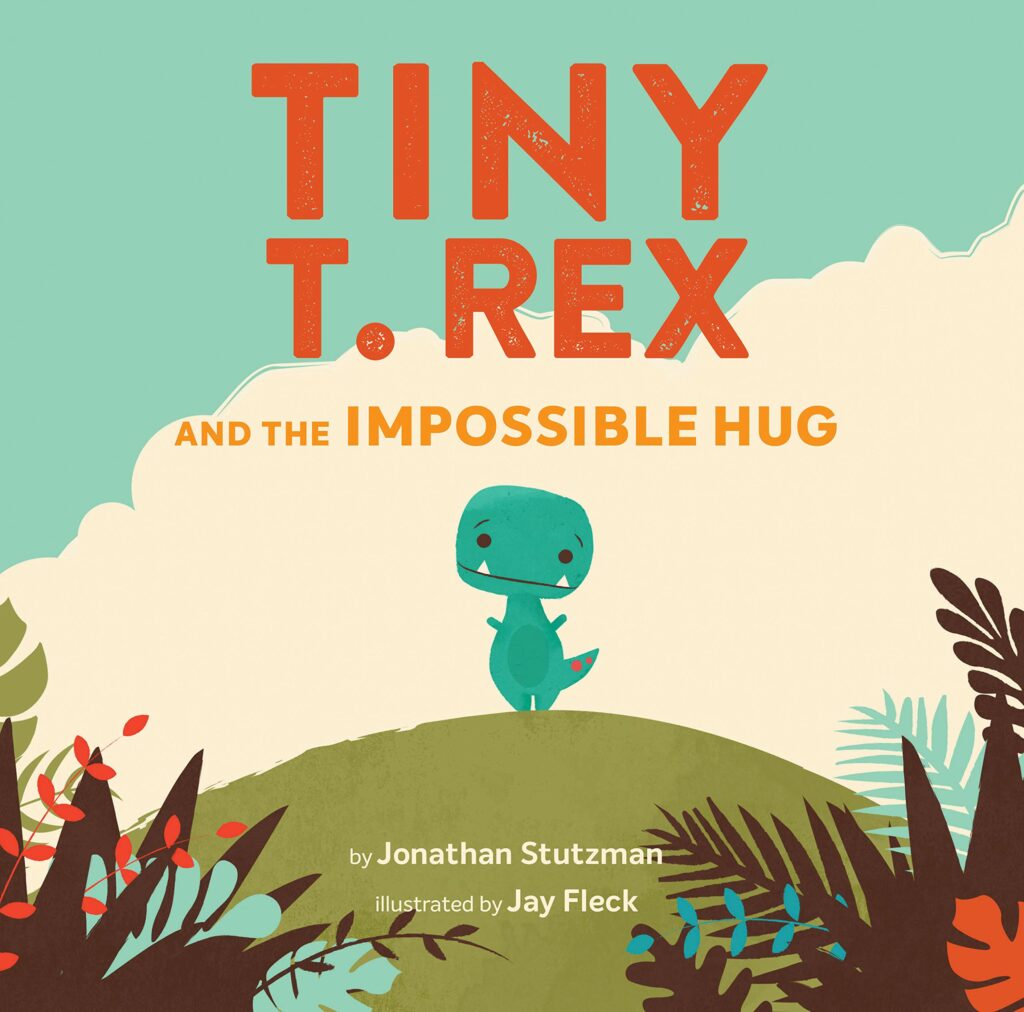
Tiny T. Rex is distraught with being unable to comfort his friend, Pointy, with a hug. This is the story of Tiny T. Rex and the Impossible Hug by Jonathan Stutzman. Tiny asked his family for advice, and each one gave a different suggestion.
He figured out that the size of his hands did not matter, but his intention did. Tiny practiced hugging different objects. Ultimately, he gave his friend the best and biggest hug with his tiny arms.
Increase children’s awareness about being differently-abled through an experiment that mimics Tiny’s condition. Have children attempt to give another child with limited arm movement.
With their upper arms on their sides and using only their forearms, find out what they can do in this position. Let them try grabbing, transferring, and holding objects.
Discuss their experience and what they felt with limited arm movement. Doing this will help their social-emotional learning, coordination, and motor skills.
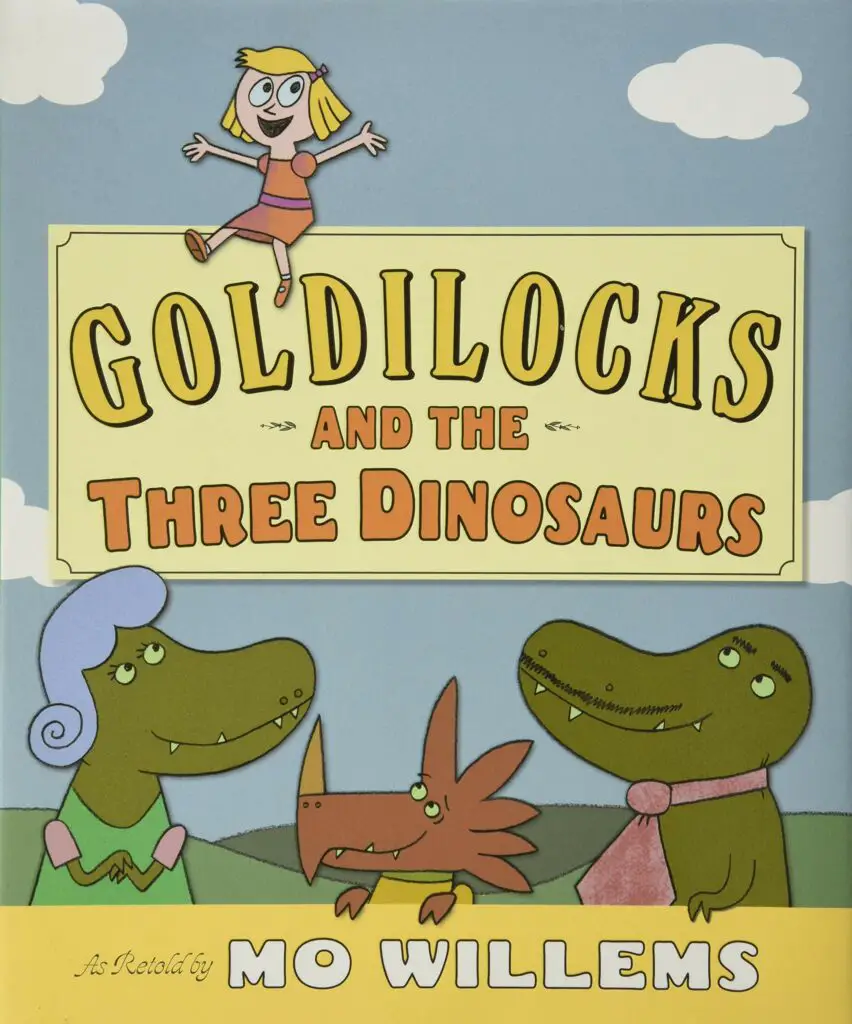
Goldilocks and the Three Dinosaurs: As Retold by Mo by Mo Willems is an amusing version of the classic fairy tale. The dinosaurs attempted to catch an unsuspecting Goldilocks by setting up a delicious trap made of chocolate.
This book can be used to teach about the different members of the family. Children can learn to compare sizes based on the illustrations of bowls, chairs, and beds.
Have children compare this book with the classic version to develop critical thinking skills. Find out the similarities and differences in the story, such as the characters, the ending, and other details.
Children should be able to note the use of dinosaurs as characters instead of bears in this story or the chocolate pudding instead of the regular porridge.
Teach safety by pointing out what Goldilocks should not have done, such as running off alone, going to an unfamiliar house, and eating strangers’ food.

There are many benefits to having dinosaurs in this age. Bernard Most explores this idea in the book If the Dinosaurs Came Back. Problems are easily solved with the help of these massive creatures.
These animals can help make jobs easier. Painters, farmers, firefighters, and lumberjacks will find dinosaurs helpful.
Teach children to think critically by asking them about the advantages and disadvantages in case these dinosaurs do come back.
Ask children how to care for such animals if they become someone else’s pets. Talk about food, training, and grooming.
Allow children to develop creativity and imagination by adding other benefits to the list mentioned in the book. For example, flying dinosaurs would be an excellent help for transportation.
Let children illustrate their ideas to help improve their fine motor skills. They can discuss this in class to help develop their confidence and oral language skills. Use story prompts like “A dinosaur can be a big help…”
Conclusion
Make learning about dinosaurs fun and exciting with these books that present lovely stories about these primitive reptiles that will surely captivate every young learner’s interest.
Consider these books to make lessons engaging for young learners. Thank you for reading. Come back and check out our other book articles soon.
People Also Ask
Children find the topic of dinosaurs highly fascinating. Their massive size and unique features make these animals a source of children’s fascination. They make a fantastic theme for teaching different concepts in preschool.
Stimulate children’s imagination and creativity through lessons presented in an engaging manner that will motivate every learner.
As with any topic, children will benefit from using pictures, videos, and other visual or hands-on materials to help them understand these animals better. Use books with extraordinary narratives and colorful illustrations that are appealing to children.
Dinosaur-themed sensory activities are highly suggested. Providing a wonderful sensory experience will make learning effective and lasting for children.
Other activities and resources you might like:


